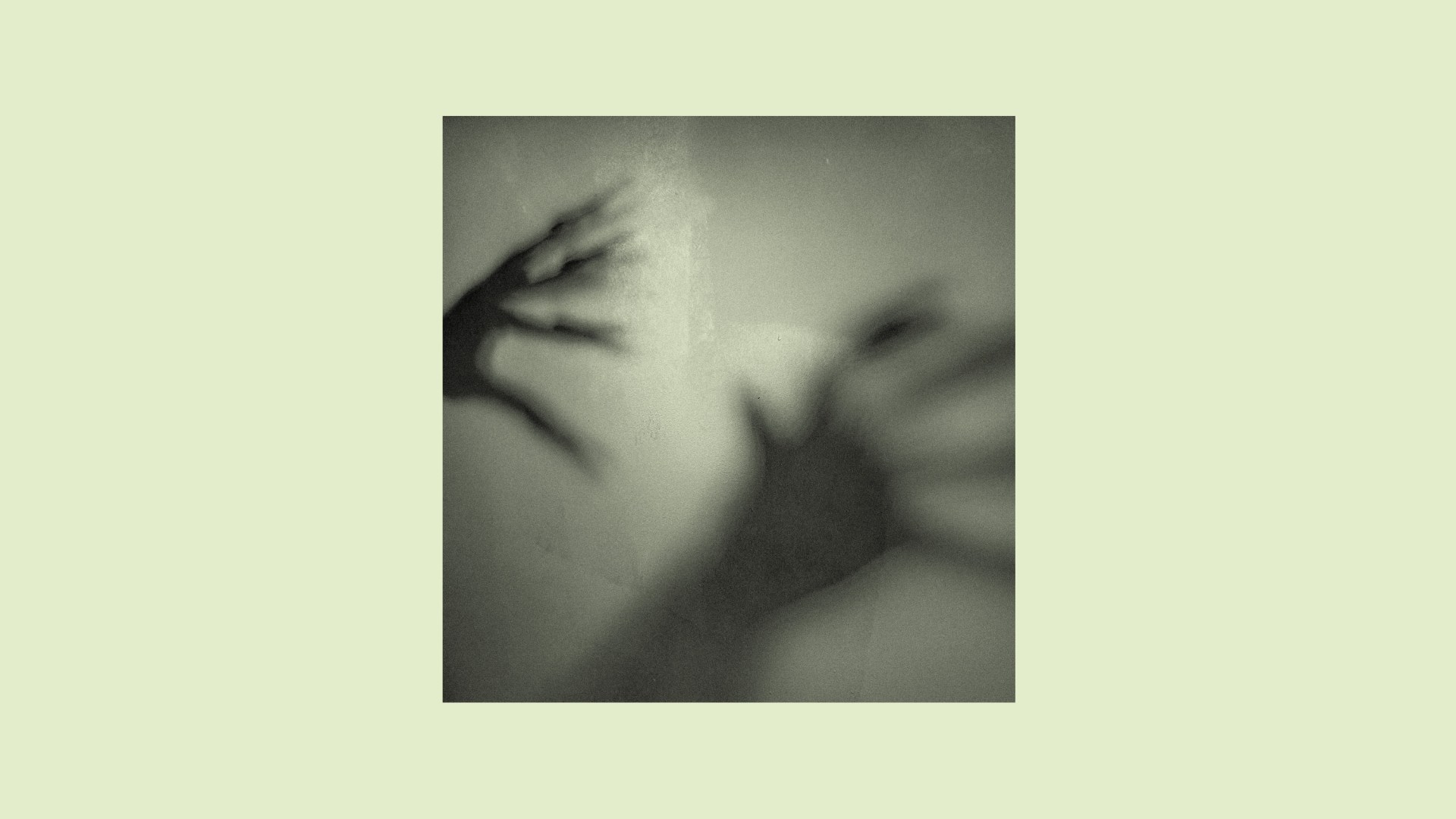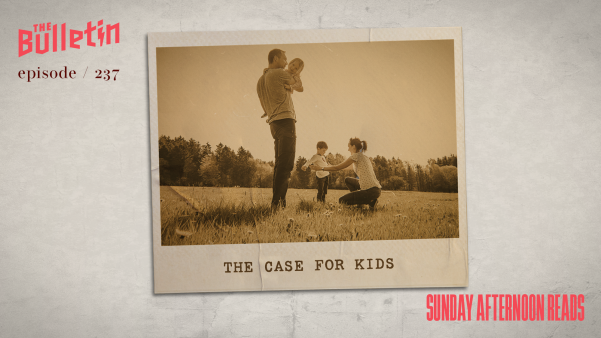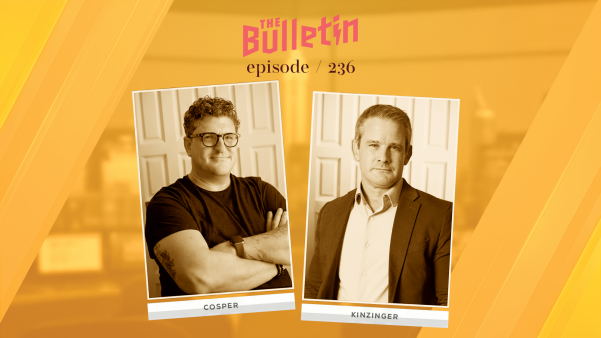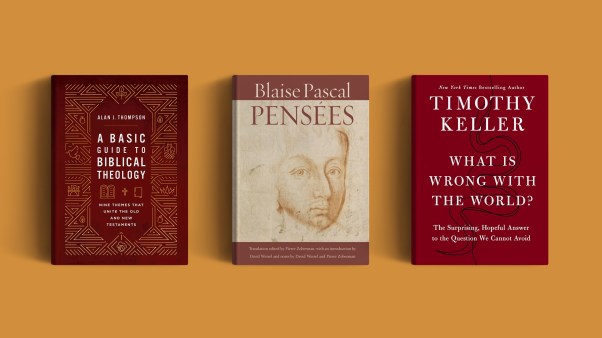This piece was adapted from Russell Moore’s newsletter. Subscribe here.
When you were a child, did you ever go to the place where your mom or dad worked and get a little glimpse into what their day-to-day life was like when they were away from you? I’ve been trying to imagine today what it would be like to see that my father spent all day not selling Ford cars (as mine did) but making up ways a homicidal clown could lure a child into a sewer grate.
That thought crossed my mind as I read an essay in The New York Times by Joe Hill—son of the world’s most-well-known horror novelist, Stephen King—on the anniversary of the release of King’s famous vampire novel, ’Salem’s Lot. Hill, now also a writer in the same genre, describes what it was like as a seven-year-old to be terrified by the television adaptation of what he then mistakenly called “Salem’s Yacht.” Along the way, he offers his thoughts on why people continue to crave stories that terrify them—whether in books or films or video games or podcasts. He writes,
People believe—want to believe—in a moral universe, a universe that confirms the existence of the human soul, a thing of incalculable worth that can be won or lost. If that heightened moral universe doesn’t exist in reality (I think it does, Richard Dawkins thinks it doesn’t, and you can form your own conclusions) then we will search for it in fiction. We don’t want to flee “’Salem’s Lot.” We want to live there.
Hill goes on to say that the reason we want such stories is because we recognize that there is evil out there and we don’t know what to do with it:
To be human is to find oneself confronted with vast, terrible forces that lack form, that can’t be fought in any literal sense, hand-to-hand, stake to heart. That doesn’t satisfy us. It’s fine if there’s evil, wickedness, cruelty. We just want it to have a point. If we’re in this fight, we want to know there’s an enemy out there—not just bad luck and grinding, impersonal historical forces. More than that, though: Once you give evil a face and fangs, once you give it agency, it becomes possible to imagine a force opposed against it, a light that can drive out shadow.
What Hill points to here is not unique to our cultural moment, a fact seen in his father’s latest project, Hansel and Gretel, which retells the old German fairy tale. Using illustrations completed decades ago by the late children’s author Maurice Sendak (author of Where the Wild Things Are), King attempts to restore the horror of the original story, tamed as it has been by our familiarity with it.
The new version reminds us of what’s most important about the original: Childhood is not merely the idyllic days of play and innocence but also something that sits on the precipice of the terrifying. The tropes in “Hansel and Gretel”—parental abandonment; starvation; being lost in the wilderness; cannibalism; the occult; and perhaps scariest of all, predatory adults masking as kind—are all there.
Sendak is the perfect choice to illustrate this story, because he recognized the root of the problem. Responding to those who thought Where the Wild Things Are was too frightening with its fanged monsters in the dark woods, Sendak argued that children know there are scary things afoot. The way for adults to calm such fears is not lying that such things don’t exist but talking about them. Honest discussions enable children to do what Sendak’s character Max did to tame the wild things: look them straight in the face.
Most seven-year-olds don’t want to see ’Salem’s Lot. That’s where the wild Kings are. But they do like “Hansel and Gretel” or some other iteration of the monster story. And most adults do too—for all the reasons Hill outlined. That ought to say something to us.
C. S. Lewis famously noted that hunger indicates there is such a thing as food. “If I find in myself a desire which no experience in this world can satisfy, the most probable explanation is that I was made for another world,” he wrote. “If none of my earthly pleasures satisfy it, that does not prove that the universe is a fraud. Probably earthly pleasures were never meant to satisfy it, but only to arouse it, to suggest the real thing.”
Maybe we want meaning and resolution—and the kind of horror we can get back into the coffin with a stake in its heart—because we do indeed live in a universe that’s a haunted house. But it’s been claimed by one whose voice causes the spirits to ask, “Have you come to destroy us?” (Mark 1:24). We want the answer to be yes. And it is.
Horror stories tell us half the truth. They tell us the world is both more terrifying and more meaningful than our everyday lives allow us to see. The gospel, though, assumes the horror story and then overcomes it. That’s the difference between the two. One leaves you running from the monster. The other shows you that the monster is around you—and within you—and then gives you everything you need to overcome it. Namely, mercy that is stronger than death.
Russell Moore is editor at-large and columnist at Christianity Today and leads its Public Theology Project.














